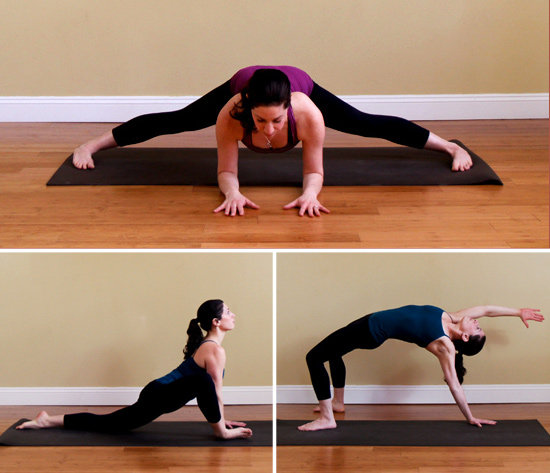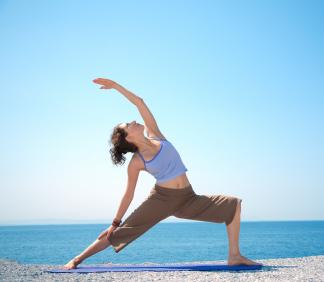VINYASA YOGA
Vinyasa (Sanskrit: विन्यास; IAST:vinyāsa; vi-NYAAH-sa[needs IPA]) is a Sanskrit term often employed in relation to certain styles of yoga. The term vinyasa may be broken down into its Sanskritic roots to assist in decoding its meaning. Nyasa denotes "to place" and vi denotes "in a special way." Like many Sanskrit words, vinyasa is a term that has many meanings.
Srivasta Ramaswami, author of The Complete Book of Vinyasa Yoga and a direct disciple of the legendary Yoga teacher Krishnamacharya, brings forth the essence of Vinyasa in asana practice in the following way,
"My guru believed that the correct vinyasa method is essential in order to receive the full benefits from yoga practice. The following quote, which I translated from Yoga Makaranda, perfectly captures this sentiment."From time immemorial the Vedic syllables...are chanted with the correct (high, low, and level) notes. Likewise, sruti (pitch) and laya(rhythm) govern Indian classical music. Classical Sanskrit poetry follows strict rules of chandas (meter), yati(caesura), and prasa (assemblage). Further, in mantra worship, nyasas (usually the assignment of different parts of the body to various deities, with mantras and gestures) - such as Kala nyasa, Matruka nyasa, Tatwa nyasa - are integral parts. Likewise yogasana (yogic poses), pranayama (yogic breathing exercises), and mudras (seals, locks, gestures) have been practiced with vinyasas from time immemorial. However, these days, in many places, many great souls who teach yoga do so without the vinyasas. They merely stretch or contract the limbs and proclaim that they are practicing yoga".
Vinyasa (Sanskrit: विन्यास; IAST:vinyāsa; vi-NYAAH-sa[needs IPA]) is a Sanskrit term often employed in relation to certain styles of yoga. The term vinyasa may be broken down into its Sanskritic roots to assist in decoding its meaning. Nyasa denotes "to place" and vi denotes "in a special way." Like many Sanskrit words, vinyasa is a term that has many meanings.
Srivasta Ramaswami, author of The Complete Book of Vinyasa Yoga and a direct disciple of the legendary Yoga teacher Krishnamacharya, brings forth the essence of Vinyasa in asana practice in the following way,
"My guru believed that the correct vinyasa method is essential in order to receive the full benefits from yoga practice. The following quote, which I translated from Yoga Makaranda, perfectly captures this sentiment."From time immemorial the Vedic syllables...are chanted with the correct (high, low, and level) notes. Likewise, sruti (pitch) and laya(rhythm) govern Indian classical music. Classical Sanskrit poetry follows strict rules of chandas (meter), yati(caesura), and prasa (assemblage). Further, in mantra worship, nyasas (usually the assignment of different parts of the body to various deities, with mantras and gestures) - such as Kala nyasa, Matruka nyasa, Tatwa nyasa - are integral parts. Likewise yogasana (yogic poses), pranayama (yogic breathing exercises), and mudras (seals, locks, gestures) have been practiced with vinyasas from time immemorial. However, these days, in many places, many great souls who teach yoga do so without the vinyasas. They merely stretch or contract the limbs and proclaim that they are practicing yoga".












No comments:
Post a Comment